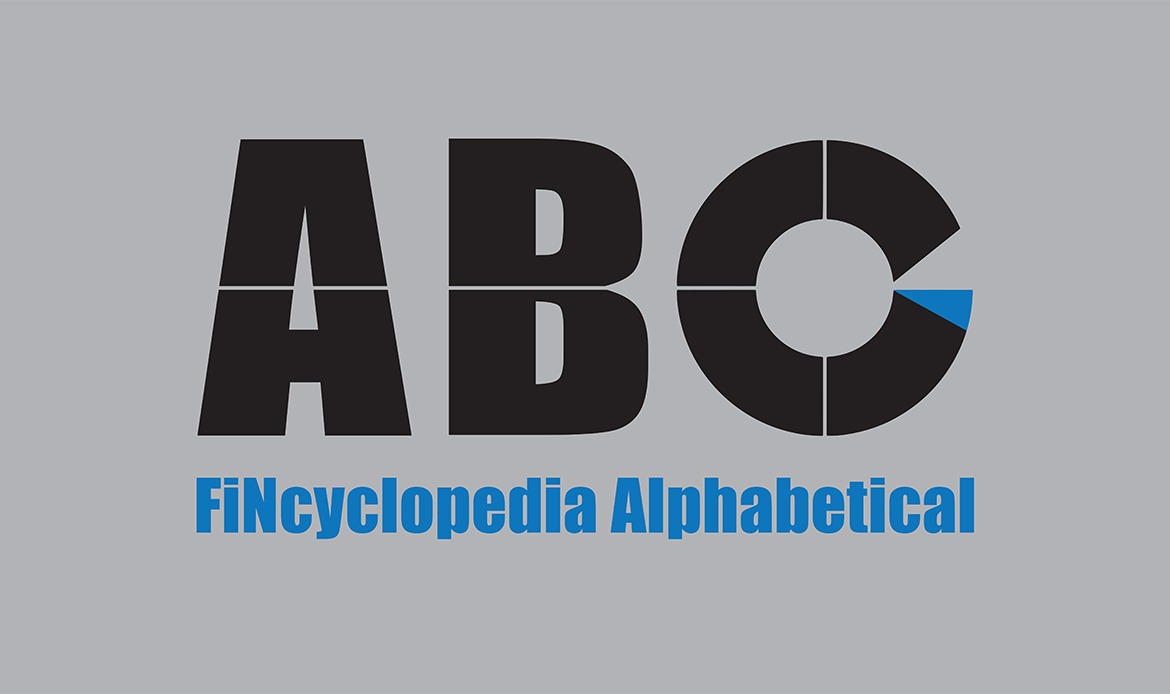A spread that involves two related commodities: a primary (raw or unprocessed) commodity and one of its byproducts. In other words, a commodity product spread is the simultaneous purchase (or sale) of a given delivery month of a primary commodity and a sale (or purchase) of the same delivery month of a commodity produced from the primary one. More specifically, this spread can be established by the purchase of futures raw material and the sale of the derived processed products futures, or vice versa. Commodity product spreads are typically used to hedge position risk. For example, and investor may purchase April pork bellies and selling April live hogs in order to mitigate the risk of an overall position taken in pork commodities.
Likewise, an investor could take a long position in a contract for soybeans and sell short a contract for soybean oil (this spread is called a crush spread). Also, a commodity product spread can be established by purchasing crude oil futures and selling gasoline and heating oil futures (this spread is dubbed “crack spread”).
In all its strategies, this spread helps investors, traders, or producers to capitalize on the changes in the price differential between a commodity futures contract of a given maturity and that on a byproduct or a number of byproducts.





Comments